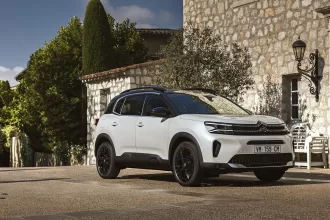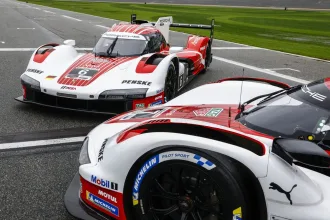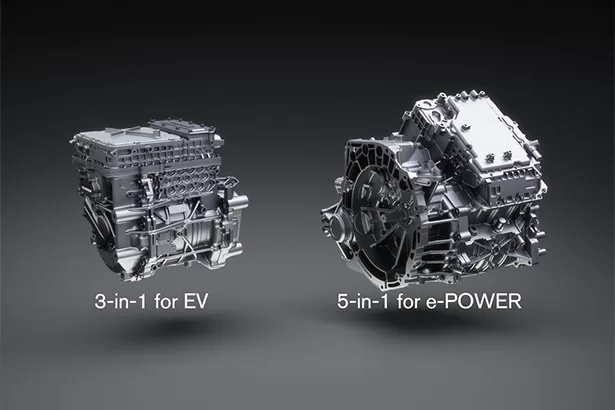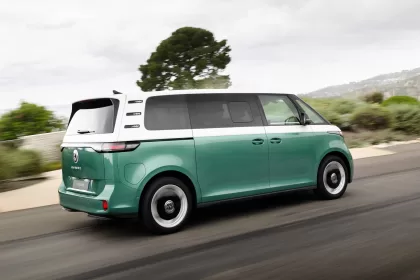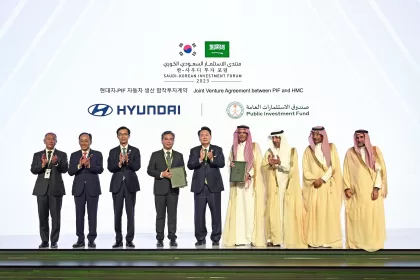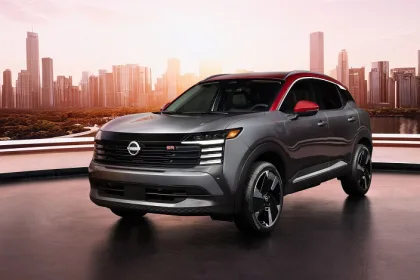Nissan is on a mission to bring hybrid prices in line with their traditional combustion engine counterparts by 2026. They unveiled an innovative approach to powertrain development, which involves sharing and modularizing components between electric vehicles (EVs) and e-Power hybrids.
This strategy is set to cut production costs by 30%, thanks to sharing key components that improve production efficiency and result in cost savings in powertrain manufacturing.
With this streamlined production process for electric drive units, Nissan strives to achieve cost parity between their e-Power hybrid vehicles and traditional combustion engine models. The Japanese carmaker’s efforts to make new energy vehicles more affordable and accessible reflect its commitment to a greener and more sustainable future.
Nissan’s new approach comes in two strains: the 3-in-1 model combines the motor, inverter, and reducer into a single system designed for pure EVs. Meanwhile, the 5-in-1 prototype goes further, adding a generator and increaser for e-Power hybrids. This ingenious system allows all electrified drivetrains’ core components to be manufactured on the same production line.
As of now, Nissan offers two fully electric vehicles globally – the Nissan Leaf and Nissan Ariya. In addition to these, they market e-Power hybrid versions of popular models like the Nissan Qashqai, Nissan X-Trail, and the Japan-exclusive Note hatchback. In these e-Power models, a petrol engine serves as a generator to power an electric motor that propels the wheels.
Nissan was one of the pioneers to introduce mass-market electric cars with its Leaf in 2010. “Through our innovations in electrified powertrain development, we’ll continue to create new value for customers and deliver 100% motor-driven vehicles – EVs and e-Power – as widely as possible,” said Toshihiro Hirai, head of powertrain and EV engineering at Nissan.
The goal is to launch 27 electrified models, with 19 of them being fully electric vehicles, by the fiscal year 2030.


